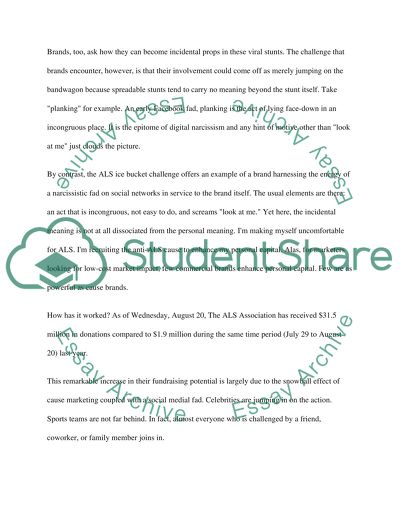Cite this document
(“How media influences people about disease---ALS and its ice bucket Research Paper”, n.d.)
How media influences people about disease---ALS and its ice bucket Research Paper. Retrieved from https://studentshare.org/health-sciences-medicine/1696776-how-media-influences-people-about-disease-als-and-its-ice-bucket-challenge
How media influences people about disease---ALS and its ice bucket Research Paper. Retrieved from https://studentshare.org/health-sciences-medicine/1696776-how-media-influences-people-about-disease-als-and-its-ice-bucket-challenge
(How Media Influences People about Disease---ALS and Its Ice Bucket Research Paper)
How Media Influences People about Disease---ALS and Its Ice Bucket Research Paper. https://studentshare.org/health-sciences-medicine/1696776-how-media-influences-people-about-disease-als-and-its-ice-bucket-challenge.
How Media Influences People about Disease---ALS and Its Ice Bucket Research Paper. https://studentshare.org/health-sciences-medicine/1696776-how-media-influences-people-about-disease-als-and-its-ice-bucket-challenge.
“How Media Influences People about Disease---ALS and Its Ice Bucket Research Paper”, n.d. https://studentshare.org/health-sciences-medicine/1696776-how-media-influences-people-about-disease-als-and-its-ice-bucket-challenge.


